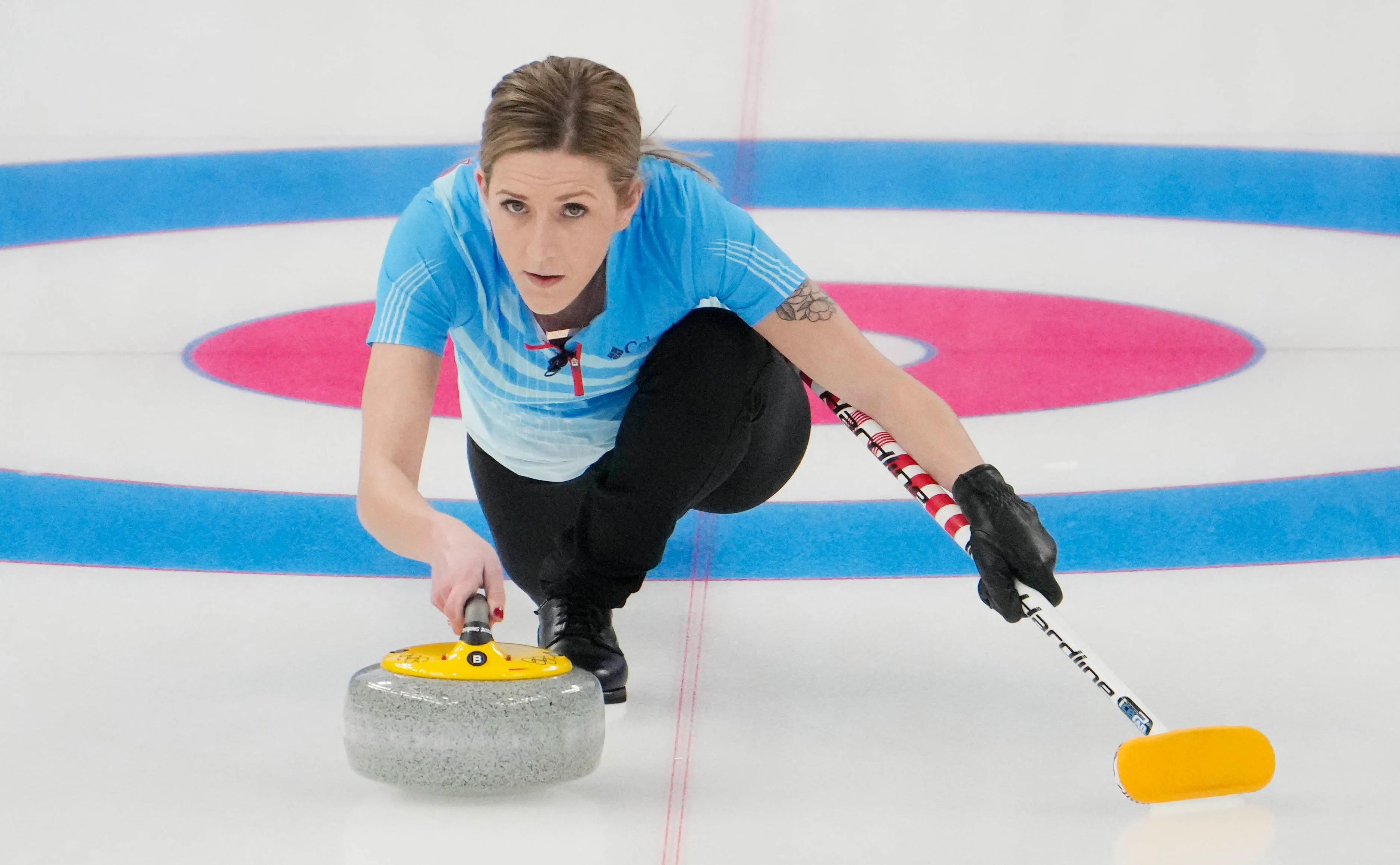What is curling? Everything you need to know about this winter sport
- by Admin
- Jan 01, 1970
- Aug 14, 2024 Views

However, there is one in particular that seems to capture the hearts and minds of many every time: curling.
Whether it be the seemingly manic brushing done in front of the stone or the incredible skill needed to accurately slide stones into precise positions from so far away, curling becomes must-watch TV.
The game earned the moniker, The Roaring' Game, from the roar sound which comes from the granite stone as it travels over the ice.
Ahead of the competition kicking off in Beijing, we’re here to help you understand just what curling is, the sport which could capture the imagination of the world over the next few weeks.
When did curling start?
Although its exact origins can’t be accurately traced, curling is a sport believed to have originated in the 16th century.
Paintings from Flemish artist Pieter Bruegel appear to portray an activity similar to curling being played on frozen ponds.
In 1540, John McQuhin – a notary in Paisley, Scotland – appeared to produce the first written evidence of curling.
Written in Latin, McQuhin recorded in his book a challenge between John Sclater, a monk in Paisley Abbey, and Gavin Hamilton, a representative of the Abbot. It said that Sclater threw a stone along the ice three times and asserted that he was ready for the agreed contest.
While an exact date can’t be pinpointed, according to the World Curling Federation, the sport was played during its early stages on frozen lochs and ponds in northern Europe.
It became popular across the world as emigrating Scots introduced curling to countries with similar climates.
The first official rules of curling were drawn up in Scotland and adopted by the Grand Caledonian Curling Club – which became the sport’s governing body – in 1838.
The Club was renamed to the Royal Caledonian Curling Club in 1843 after Queen Victoria took a liking to curling after a demonstration on the ballroom floor of Scone Palace.
Although international curling matches have been recorded since the 19th century, the first official international matches took place at the first Winter Olympics in 1924, in Chamonix, France. Great Britain defeated Sweden and France in what was retroactively accepted as curling’s Olympic debut.
Curling was also a demonstration sport at the 1932 Winter Games, and later on in 1988 and 1992. This designation meant the sport wasn’t played for medal competition.
It wasn’t until 1992 that the International Olympic Committee granted medal status to men’s and women’s curling. It was introduced to the Winter Olympics in 1998 in Japan and has gone on to be a regular inclusion.
What is needed to play curling?
Each curler has their own brush and a specific type of shoe specialized for the sport.
In each pair of shoes, one sole grips the ice, while the other is more slippery – called a slider – allowing players to slide with the stone when they’re playing it.
The brush is used by players to sweep in front of the stone to warm its path, allowing it to travel further if desired.
According to the World Curling Federation, good sweeping can allow a stone to travel two or three meters further than if not swept.
Sweeping can also reduce the curl of a stone and help it remain on course toward the target.
What is curling’s format?
Curling is a team sport – either men’s, women’s or mixed – played on ice.
Two teams take turns sliding the granite stones across a 150-foot long,15-foot-7-inch wide sheet of ice towards a target which is known as the house.
Traditional curling teams are made up of four players, with mixed teams featuring two males and two females or one male and one female if it’s mixed doubles.
Each team has a skip (a captain) and a vice-skip. The skip directs the team and stands at the other end of the ice near the house.
In team curling, each player slides two consecutive stones, alternating with an opponent, in each round – known as an end.
Each player will be assigned a position – lead, second, third or fourth. The lead will throw the first two stones, followed by the second, then the third and then the fourth.
In mixed doubles, teams use five stones each. Each end is started with a pre-placed stone so that it’s possible to score six points on each end. One player plays the first and fifth stones, with the other playing the middle three.
How do you score points?
At each side of the playing surface, there are a series of rings similar to a target – the house. This helps players determine which stones are closest to the center.
Once an end is completed, a team scores one point for each of its stones in or touching the house that are closer to the center than any of the opposition team’s stones.
Only one team is able to score in the end. If neither team’s stones are touching the house, no points are scored – this is called a blank end.
When sliding the stones, each player must release them before a certain line – coined the hog line – for them to be in play.
Comments (0)